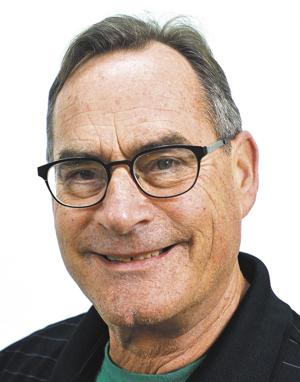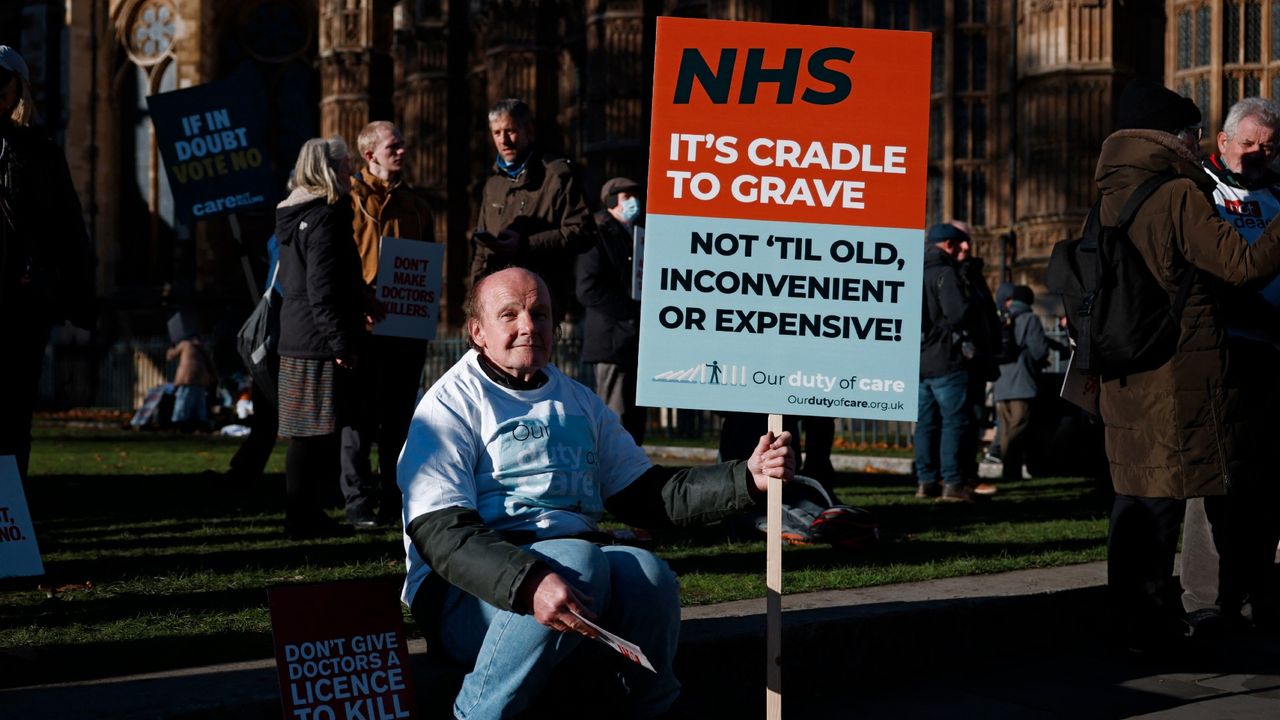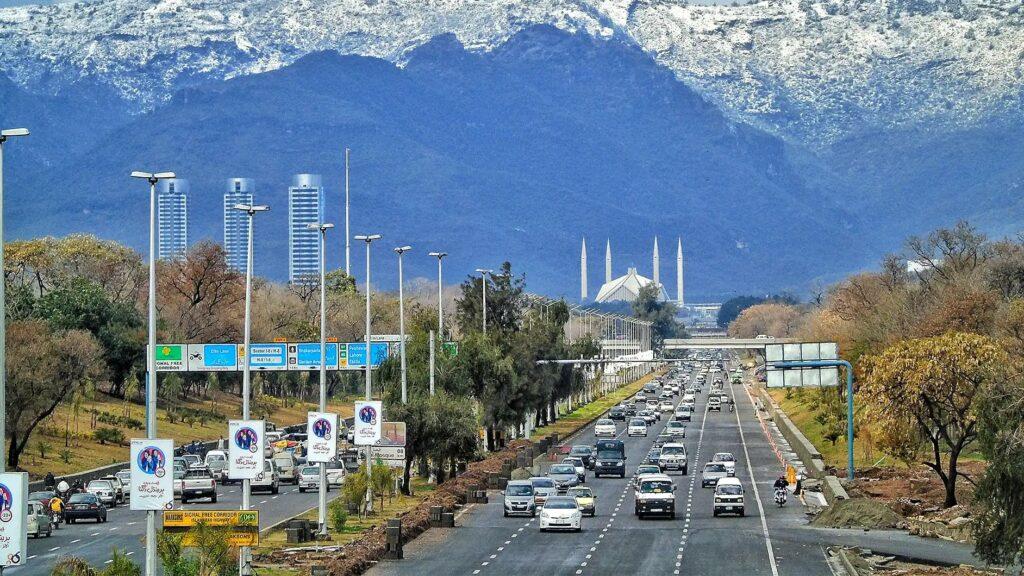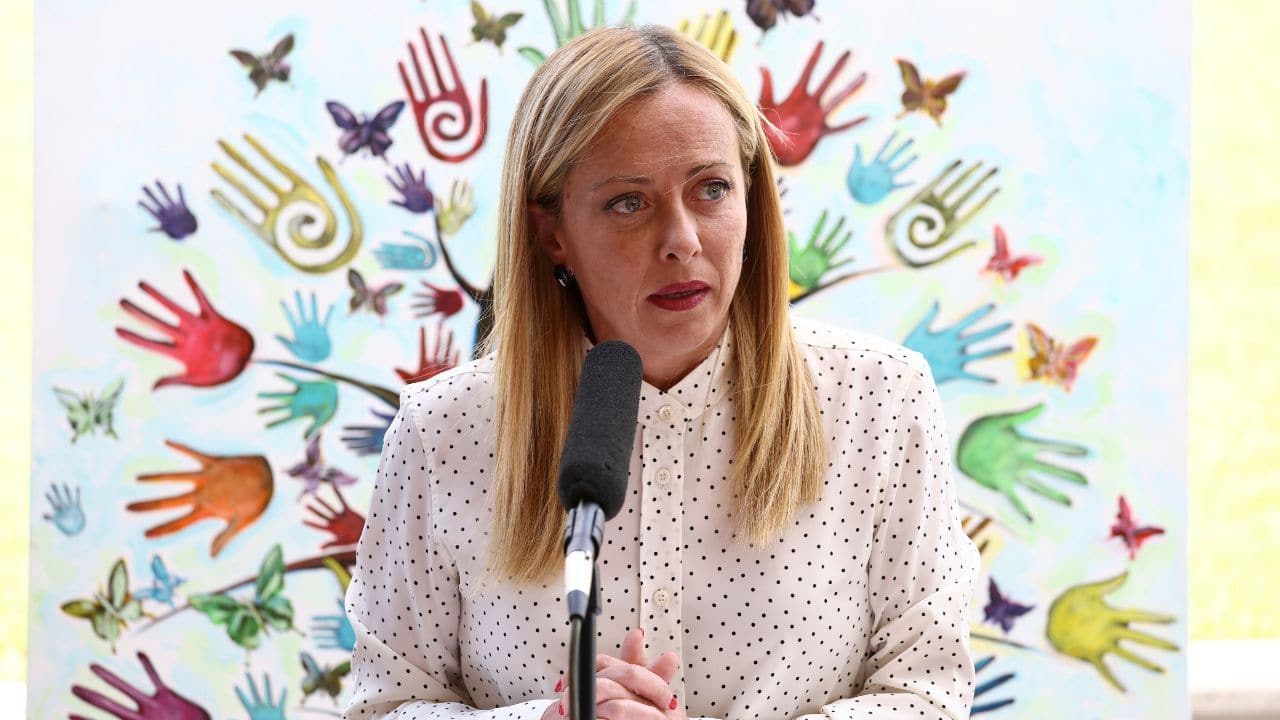
Returning to the town where I loved and lived for 36 years after 21⁄2 years away was a bit of a shock. It’s one thing to know years in advance what’s coming and another to see it happening. Wow.
That’s a lot of apartments. A last-minute decision to zip into town for a week last week to prepare our house in Eldorado for a new tenant was an eye-opener. Mid-February in Northern New Mexico with no snow but plenty of cold and windy rain can be a dreary place.

No hats, boots, gloves or winter coat is tough on old bones acclimated to lush, warm, jungle mountains overlooking an infinite ocean. Our decamp to Costa Rica in June 2022 was no secret, although some readers believe it a disqualification for local newspaper commentary. As much as I miss breakfasts and lunches with knowledgeable insiders like Green Chamber’s Glenn Schiffbauer and Habitat for Humanity’s Rob Lochner, the only two I managed to squeeze in, I keep abreast of local issues as much now as I ever did.
Still, seeing dramatic physical changes can be, well, dramatic. The south side along the lower Cerrillos Road corridor has been slowly growing for decades. The days when the outlet mall was “way out there” are long gone.
It will, even in the lifetime of us boomers, be completely surrounded by high-density development, as long predicted. The rolling acres between Santa Fe Place mall and Interstate 25 will continue to fill in. The now largely vacant tracts between Beckner Road and the highway will soon have multistory office and apartment buildings and maybe even a Rail Runner commuter train stop someday.
The west side of Cerrillos Road along the frontage road will soon see a high-density, low-rise, build-to-rent subdivision that begins the long march of development toward the N.M. 599 interchange, where it will head north to meet the southward growth of Tierra Contenta.
Development in that huge empty square south of Tierra Contenta will feel like sprawl but will ultimately be considered urban infill. South of the interstate in the county may grow even faster. The completion of the southeast connector road named Falcon Way from the community college to Rabbit Road is a marvel of anticipatory engineering.
Two decades of dreaming of a road to relieve pressure on Richards Avenue and end the circuitous route through the neighborhoods of Oshara Village is complete. It’s also virtually traffic-free of both cars and hiker/bikers on the adjacent trail, but it sure does open vast acres for development with its multiple roundabouts and road stub-outs for future connectivity. If you build it, they will come.
Santa Fe grows whether anyone wants it to or not. The only known way to stymie to growth is price, but even that escalation hasn’t slowed newcomers. Water availability is cited as an excuse for building moratoriums, but water planning professionals say there’s enough for anticipated growth over at least the next 40 years.
A moratorium would mean housing prices going through the roof. Maybe to the 70% of Santa Feans who’ve already gotten theirs, that’s just fine. The other biggest shock was the business-as-usual aspect of Santa Fe.
News from local sources and The New York Times leads one to think the town and country are in crisis. But life in shiny SUVs and trendy restaurants seems to carry on. Maybe it’s just the blue bubble of Santa Fe, but life seems pleasant.
That brings progressive immigrants from other states, adding to housing pressures. Or maybe deportations will balance things and south-side mobile home parks will become chic. Meanwhile, the green bubble of Costa Rica says bienvenidos .
.














